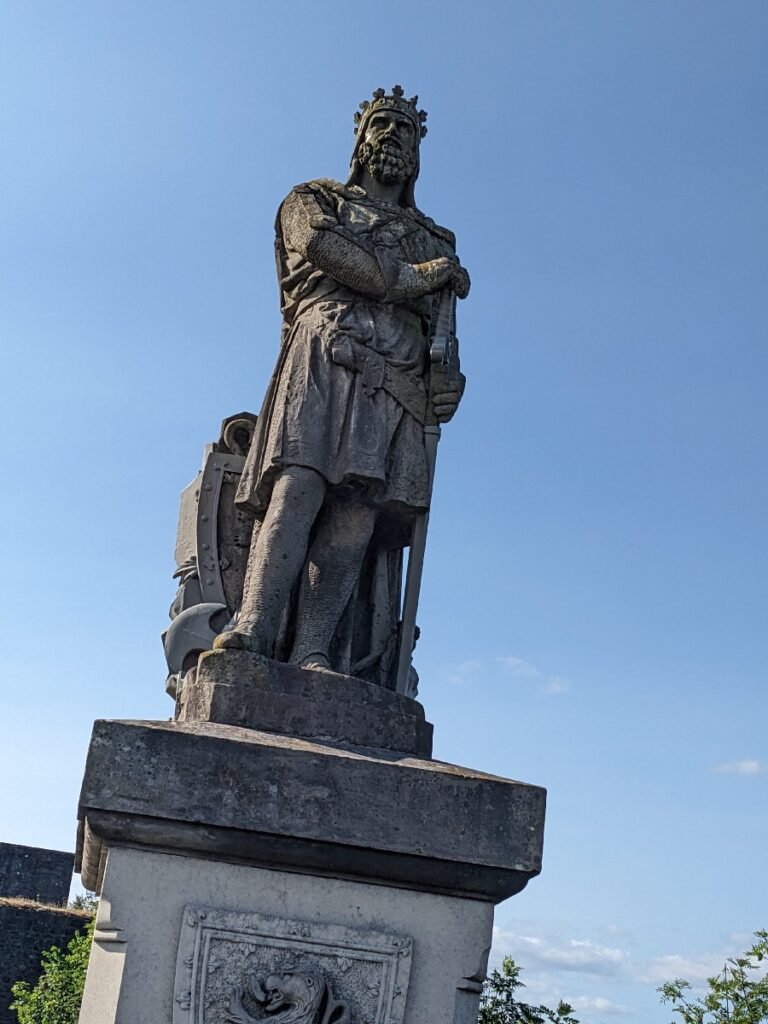25th March 1306
Robert the Bruce is crowned King of the Scots
Robert the Bruce was already well known when he took part in William Wallace’s revolt against Edward I. However, it was this that led to him being appointed a Guardian of Scotland, which made him de facto joint ruler of the kingdom with two other men: William Lamberton and, more particularly, John Comyn.
However, Bruce’s prospects for gaining the crown looked slim. Comyn was related to John Balliol, who had himself been King of Scotland until he was forced to abdicate in 1296. But, when it looked like Balliol might be returned to the throne, Bruce resigned his position as Guardian of Scotland and made peace with the English king. This restored his own claim to the throne on the grounds that he was a descendent of King David I. Importantly, Bruce’s connection to David I was closer than that of either John Comyn, or even that of his father John Balliol.

Bruce triumphant
A later dispute with Comyn settled matters. The two men fought at Greyfriars Kirk in Dumfries, and Comyn was wounded by Bruce, then killed by one of his attendants. At the time, the Scottish throne was still vacant and, in the aftermath of the fight, Bruce seized the opportunity this presented, settling matters once and for all, and he was crowned on 25 March 1306. Bruce’s peace with the English king was at an end. He solidified his hold on Scotland, drove the English out of the vast majority of Scotland’s castles and, when he faced the army of Edward II at Bannockburn on 23 and 24 June 1314 (Edward I had died seven years earlier), the much larger English force left the battlefield defeated.
Robert was now in a position to make offensive moves against Edward II. He pushed deep into the northern English counties, as well as supporting the Irish in their campaign against the English on the island of Ireland. The English king never regained the upper hand and was forced to seek peace through the Treaty of Edinburgh-Northampton.
Illness and death
Although Robert had been a vigorous man for the large part of his life, his final years were characterised by illness. What that illness was remains a point of conjecture, but it is likely what caused his death in June 1329. Some accounts suggest he had leprosy.
His body was dissected, with his heart going to Sir James Douglas, who had fought alongside King Robert for Scottish independence. His soft tissues were interred at the chapel of St Serf Dumbarton and the remainder of his body was buried at Dunfermline abbey. His tomb there was destroyed during the Reformation.
Other events that occured in March
FREE Scotland history newsletter
Don't miss our weekly update on Scotland's fascinating history. We promise never to sell your data to anyone else, and there's a super-easy unsubscribe link on the bottom of each email so you can leave whenever you want.
